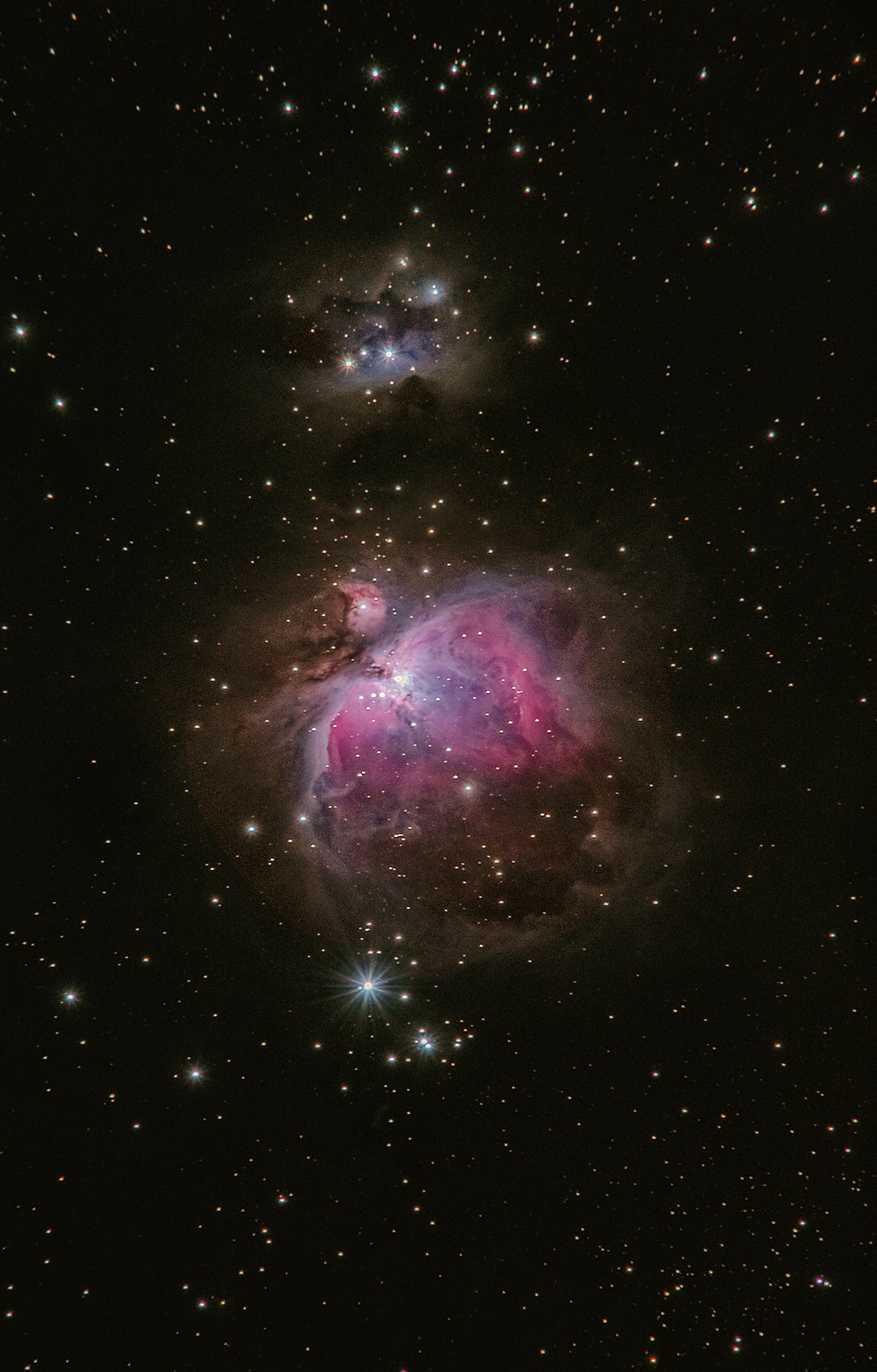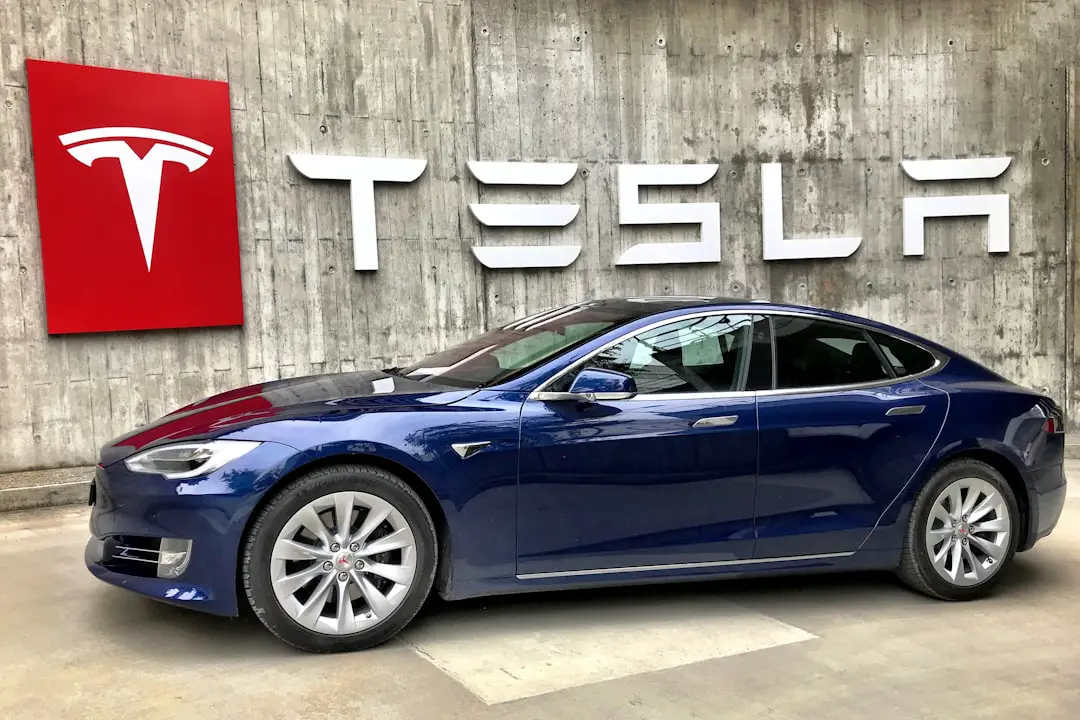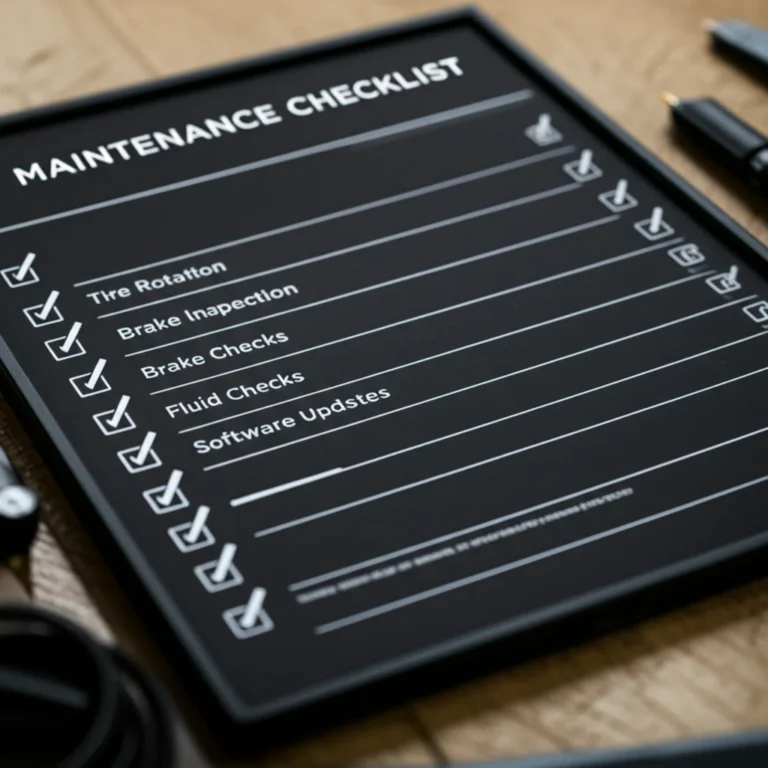Support our educational content for free when you purchase through links on our site. Learn more
How Much Does It Cost to Charge a Tesla at a Supercharger? ⚡ (2025)
Ever wondered what it really costs to juice up your Tesla at a Supercharger station? You’re not alone! Whether you’re planning a cross-country road trip or just topping off before your daily commute, understanding Tesla Supercharging costs can save you a bundle — and maybe even a headache or two. Did you know that charging your Tesla at a Supercharger can cost anywhere from just a few bucks to over fifty, depending on where and when you plug in? But that’s just the tip of the iceberg.
In this comprehensive guide, we’ll break down everything from pricing models and idle fees to charging speeds and how solar power can slash your costs. Plus, we’ll reveal insider tips to avoid surprise charges and make your charging experience as smooth as your Tesla’s acceleration. Ready to become a Supercharging pro? Let’s dive in!
Key Takeaways
- Tesla Supercharging costs vary widely based on location, time, and Tesla model — expect anywhere from $6 to $50 for a full charge.
- Charging speed is lightning fast: up to 200 miles of range in just 15 minutes at peak Superchargers.
- Idle fees can add up quickly if you leave your car plugged in after charging completes — move your car promptly!
- Home charging and solar power are cheaper alternatives for daily use, saving you significant money in the long run.
- Non-Tesla EVs currently have limited access to Tesla Superchargers, but this may change soon.
Ready to shop Tesla models or home chargers?
- Tesla Model 3: Tesla Official | TrueCar | Edmunds
- Tesla Wall Connector: Tesla Store | Amazon
Table of Contents
- Quick Tips and Facts About Tesla Supercharging ⚡
- Tesla Supercharging Costs Demystified: What You Need to Know 💸
- How Much Does It Really Cost to Charge Your Tesla at a Supercharger? 🔋
- Tesla Supercharger Pricing Models Explained: Per kWh vs. Per Minute ⏱️
- Are Tesla Superchargers Ever Free? Exploring Complimentary Charging Perks 🎁
- Charging Speed Secrets: How Long Does a Tesla Supercharger Session Take? ⚡🚗
- Idle Fees at Tesla Superchargers: What They Are and How to Avoid Them ⛔
- Can Non-Tesla EVs Use Tesla Superchargers? The Latest Compatibility Scoop 🔌
- Tesla Home Charging vs. Supercharging: Which Saves You More Money? 🏠⚡
- Solar Power and Tesla Charging: How to Juice Up Your EV with the Sun ☀️🔋
- Tesla Supercharger Etiquette and Tips: Maximize Your Charging Experience 🚦
- Tesla Supercharger Network Expansion: What’s Coming Next? 🌍
- Environmental Impact of Tesla Supercharging: Green or Not? 🌱
- Tesla Supercharger FAQs: Your Burning Questions Answered 🔥❓
- Conclusion: Is Tesla Supercharging Worth the Cost? 🤔
- Recommended Links for Tesla Charging Insights 🔗
- FAQ: Quick Answers to Tesla Charging Questions 📝
- Reference Links and Sources for Tesla Charging Data 📚
Quick Tips and Facts About Tesla Supercharging ⚡
To get started with understanding the costs associated with Tesla Supercharging, it’s essential to know that the cost can vary significantly based on the location, time of day, and the model of your Tesla. As noted in our article on How much does it cost to charge a Tesla Model 3?, the costs can range widely. Here are some quick tips and facts:
- Charging Speed: Tesla Superchargers can charge your car up to 200 miles in just 15 minutes.
- Cost Variation: The cost to charge at a Supercharger can range from $6 to $50 for a full charge, excluding fees, depending on the Tesla model and the Supercharger’s location.
- Free Supercharging: Generally, free Supercharging is not available for most Tesla owners, although Tesla has offered promotions in the past.
- Idle Fees: Be aware of idle fees that can range from $0.50 to $1.00 per minute if your car is left charging after reaching a certain battery percentage threshold.
Understanding Tesla Supercharger Costs
The cost of charging a Tesla at a Supercharger can be broken down into several factors, including the type of Supercharger, the time of day, and the location. According to SolarReviews, the average cost in 2025 is about $27 for a full charge, but this can vary. It’s also worth noting that home charging is generally cheaper than Supercharging, with costs ranging from $8.28 to $14.40 for a full charge, depending on the model and location.
Tesla Supercharging Costs Demystified: What You Need to Know 💸
Breaking Down the Costs
To understand the costs associated with Tesla Supercharging, it’s crucial to break down the components:
- Per kWh Charging: This is the most common method, where you’re billed for every kWh of electricity used.
- Per Minute Charging: Some Superchargers bill based on the time spent charging, with rates varying based on the power delivery.
- Time-of-Use Charging: Prices fluctuate throughout the day, with peak hours typically being more expensive.
How Much Does It Really Cost to Charge Your Tesla at a Supercharger? 🔋
The cost to charge a Tesla at a Supercharger can vary significantly based on several factors, including the Tesla model, the Supercharger’s location, and the time of day. As a general guideline, here are some estimated costs for a full charge at a Supercharger for different Tesla models:
| Model | Battery Size | Estimated Cost for Full Charge |
|---|---|---|
| Model 3 | 57.5 kWh | $6.01 – $32.78 |
| Model 3 Performance / Long Range | 82 kWh | $8.57 – $46.74 |
| Model S / S Plaid | 100 kWh | $10.45 – $57.00 |
| Model X / X Plaid | 100 kWh | $10.45 – $57.00 |
| Model Y Performance / Long Range | 75 kWh | $7.84 – $42.75 |
Tesla Supercharger Pricing Models Explained: Per kWh vs. Per Minute ⏱️
Tesla Superchargers operate on different pricing models, including per kWh and per minute charging. The per kWh model charges based on the amount of electricity used, while the per minute model charges based on the time spent charging. According to Tesla’s official website, the rates can vary by location and time of day, ranging from $0.11 to $0.60 per kWh.
Are Tesla Superchargers Ever Free? Exploring Complimentary Charging Perks 🎁
Generally, free Supercharging is not available for most Tesla owners. However, Tesla has offered free Supercharging promotions in the past, and some shopping centers or hotels may offer free or low-cost charging as a perk. It’s always a good idea to check with the specific location for their charging policies.
Charging Speed Secrets: How Long Does a Tesla Supercharger Session Take? ⚡🚗
The charging speed of a Tesla Supercharger can charge your car up to 200 miles in just 15 minutes. The full charge time can vary based on the model and the Supercharger’s power output, but here are some estimated charging times:
- Model S: Up to 200 miles in 15 minutes
- Model 3: Up to 175 miles in 15 minutes
- Model X: Up to 175 miles in 15 minutes
- Model Y: Up to 162 miles in 15 minutes
Idle Fees at Tesla Superchargers: What They Are and How to Avoid Them ⛔
Idle fees are charges applied when your car is left charging after reaching a certain battery percentage threshold. These fees can range from $0.50 to $1.00 per minute and are designed to encourage owners to move their cars once charging is complete. To avoid idle fees, simply move your car within five minutes of reaching the charge threshold.
Can Non-Tesla EVs Use Tesla Superchargers? The Latest Compatibility Scoop 🔌
Currently, Tesla Superchargers are primarily designed for Tesla vehicles. However, with the introduction of the Tesla Magic Dock, non-Tesla electric vehicles may be able to use certain Superchargers in the future.
Tesla Home Charging vs. Supercharging: Which Saves You More Money? 🏠⚡
Home charging is generally cheaper than Supercharging, with costs ranging from $8.28 to $14.40 for a full charge, depending on the model and location. According to EnergySage, installing a level 2 charger at home can be a cost-effective option for Tesla owners.
Solar Power and Tesla Charging: How to Juice Up Your EV with the Sun ☀️🔋
Charging your Tesla with solar power can be a cost-effective and environmentally friendly option. With the cost of solar panels decreasing, it’s becoming more accessible for homeowners to install solar panels and charge their Teslas with renewable energy. According to SolarReviews, charging with solar can save you around $1,500 annually compared to using Superchargers.
Tesla Supercharger Etiquette and Tips: Maximize Your Charging Experience 🚦
To maximize your Tesla Supercharger experience, here are some tips:
- Arrive with a low battery: Try to arrive at the Supercharger with a low battery to minimize charging time.
- Use the Tesla app: Use the Tesla app to find Superchargers, check availability, and monitor your charging status.
- Be mindful of idle fees: Move your car within five minutes of reaching the charge threshold to avoid idle fees.
Tesla Supercharger Network Expansion: What’s Coming Next? 🌍
Tesla is continuously expanding its Supercharger network, with new locations being added regularly. According to Tesla’s official website, the company aims to provide convenient and fast charging options for Tesla owners on the go.
Environmental Impact of Tesla Supercharging: Green or Not? 🌱
The environmental impact of Tesla Supercharging depends on the source of the electricity used to charge the vehicles. According to the United States Environmental Protection Agency (EPA), charging a Tesla with renewable energy can significantly reduce greenhouse gas emissions.
Tesla Supercharger FAQs: Your Burning Questions Answered 🔥❓

Here are some frequently asked questions about Tesla Superchargers:
- Q: How much does it cost to charge a Tesla at a Supercharger?
A: The cost can range from $6 to $50 for a full charge, excluding fees. - Q: Can non-Tesla EVs use Tesla Superchargers?
A: Currently, Tesla Superchargers are primarily designed for Tesla vehicles, but compatibility may expand in the future. - Q: How long does it take to charge a Tesla at a Supercharger?
A: Charging times can vary, but you can charge up to 200 miles in 15 minutes.
For more information on Tesla Superchargers and to find the nearest location, visit Tesla’s official website. To compare different electric vehicles and their charging options, check out our Car Brand Comparisons and Car Brand Lists. Stay up-to-date with the latest Auto Industry News and Car Brand Market Shares.
To learn more about the history of Tesla and its impact on the automotive industry, visit our Car Brand Histories section.
If you’re in the market for a new electric vehicle, be sure to 👉 CHECK PRICE on:
- Tesla Model 3: Tesla Official Website | TrueCar | Edmunds
- Tesla Model S: Tesla Official Website | TrueCar | Edmunds
Remember to always research and compare prices before making a purchase.
For more information on electric vehicles and their charging options, visit our website and explore our various categories, including Car Brand Comparisons, Car Brand Lists, and Auto Industry News.
Conclusion: Is Tesla Supercharging Worth the Cost? 🤔

After diving deep into the ins and outs of Tesla Supercharging costs, speeds, and policies, here’s the lowdown from your friends at Car Brands™:
Positives:
- Blazing Fast Charging Speeds: Up to 200 miles of range in just 15 minutes is a game-changer for long-distance travel.
- Extensive Network: Tesla’s Supercharger network is one of the most reliable and widespread fast-charging infrastructures available today.
- Convenience: Easy-to-use app integration and strategically located stations make road trips smoother.
- Consistent Uptime: Tesla boasts a 99.95% uptime, meaning fewer “charger down” headaches.
Negatives:
- Cost Variability: Supercharging can be pricey, especially compared to home charging or solar-powered setups.
- Idle Fees: Leaving your car plugged in after charging can rack up fees quickly if you’re not vigilant.
- Limited Non-Tesla Access: Currently, non-Tesla EV owners mostly can’t use these chargers, though that may change.
- No More Free Supercharging: Tesla phased out complimentary Supercharging for most new owners, so expect to pay.
Our Verdict: If you’re a Tesla owner who values speed and convenience on the road, Supercharging is worth the premium — especially for road trips or when you’re in a hurry. For daily charging, though, investing in a home charger or solar setup will save you serious cash and keep your carbon footprint low. So, mix and match your charging habits for the best balance of cost, speed, and sustainability.
Ready to supercharge your Tesla experience? Keep an eye on Tesla’s network expansion and pricing updates — the landscape is evolving fast!
Recommended Links for Tesla Charging Insights 🔗
CHECK PRICE on Tesla Models:
- Tesla Model 3: Tesla Official Website | TrueCar | Edmunds
- Tesla Model S: Tesla Official Website | TrueCar | Edmunds
- Tesla Model X: Tesla Official Website | TrueCar | Edmunds
- Tesla Model Y: Tesla Official Website | TrueCar | Edmunds
👉 Shop Tesla Home Chargers & Accessories:
- Tesla Wall Connector: Tesla Official Store | Amazon
- Solar Panels for EV Charging: Tesla Solar | SunPower
FAQ: Quick Answers to Tesla Charging Questions 📝

How much does it cost to charge a Tesla at home compared to a Supercharger station?
Charging at home is generally much cheaper than using a Supercharger. Home charging costs depend on your local electricity rates but typically range from $8 to $14 for a full charge, depending on your Tesla model’s battery size. In contrast, Supercharging can cost anywhere from $6 to $50 per full charge, influenced by location and time-of-use pricing.
Why the difference?
Home charging uses your residential electricity rates, which are usually lower and more stable. Superchargers, being fast chargers, have higher operational costs and dynamic pricing to manage demand and infrastructure upkeep.
Read more about “Do You Have to Pay to Charge a Tesla in Public? ⚡ (2025)”
What is the average cost per mile to charge a Tesla using a Supercharger?
The average cost per mile varies by Tesla model and location but generally falls between 2 to 15 cents per mile. For example, a Model 3 might cost around $0.02 to $0.12 per mile, while the larger Model X could be closer to $0.03 to $0.17 per mile.
How is this calculated?
Divide the total charging cost by the estimated miles added during the session. Keep in mind, charging efficiency and driving habits also affect real-world costs.
Read more about “How Much Does It Cost to Charge a Tesla Model 3? 🤔”
Can I use a Supercharger to charge my Tesla if I don’t have a Tesla account or membership?
❌ No. You must have a Tesla account linked to your vehicle to access Supercharger services. The account manages billing and charging sessions automatically. Without it, the Supercharger won’t start charging your car.
Note: Tesla is piloting limited access for non-Tesla EVs at some Superchargers in select regions, but this is not yet widely available.
How long does it take to fully charge a Tesla at a Supercharger station and what are the associated costs?
Charging times depend on your Tesla model and the Supercharger’s power output, but here’s a rough guide:
- 0% to 80% charge: Approximately 30 to 40 minutes — this is the fastest charging window.
- 80% to 100% charge: Charging slows down significantly to protect battery health, taking an additional 30+ minutes.
Costs:
Expect to pay between $6 and $50 for a full charge, depending on your battery size and local rates. Remember, charging beyond 80% at a Supercharger is less cost-effective and slower, so many Tesla owners top up only to 80% during road trips.
Are there any fees if I leave my Tesla plugged in after charging is complete?
Yes! Tesla imposes idle fees to discourage occupying a Supercharger stall once your car is fully charged. Fees typically start at $0.50 to $1.00 per minute when the station is 50% full or more and can double if the station is at full capacity.
Tip: Move your car within five minutes of reaching the charge threshold to avoid these fees.
Can I charge my Tesla with solar power, and how does that compare cost-wise?
✅ Absolutely! Charging your Tesla with solar panels installed at home can drastically reduce your electricity costs, sometimes down to as low as $0.06 per kWh or less, depending on your system and sunlight availability.
Benefits:
- Significant savings over grid or Supercharger electricity prices.
- Reduced carbon footprint — charging your EV with clean energy is the greenest option.
- Potential eligibility for tax credits or incentives depending on your location.
Reference Links and Sources for Tesla Charging Data 📚
- Tesla Supercharger Official Info: Tesla Supercharger Network
- Tesla Model 3 Official Page: Tesla Model 3
- SolarReviews Tesla Supercharger Guide (2025): SolarReviews
- Zecar Tesla Charging Costs in Australia (2025): Zecar Resources
- EPA Greenhouse Gas Equivalencies Calculator: EPA.gov
- EnergySage Home EV Charging Guide: EnergySage
- Edmunds Tesla Model S Pricing and Reviews: Edmunds Tesla Model S
For more insights on Tesla and EV charging, explore our Car Brand Comparisons and Auto Industry News sections at Car Brands™.





